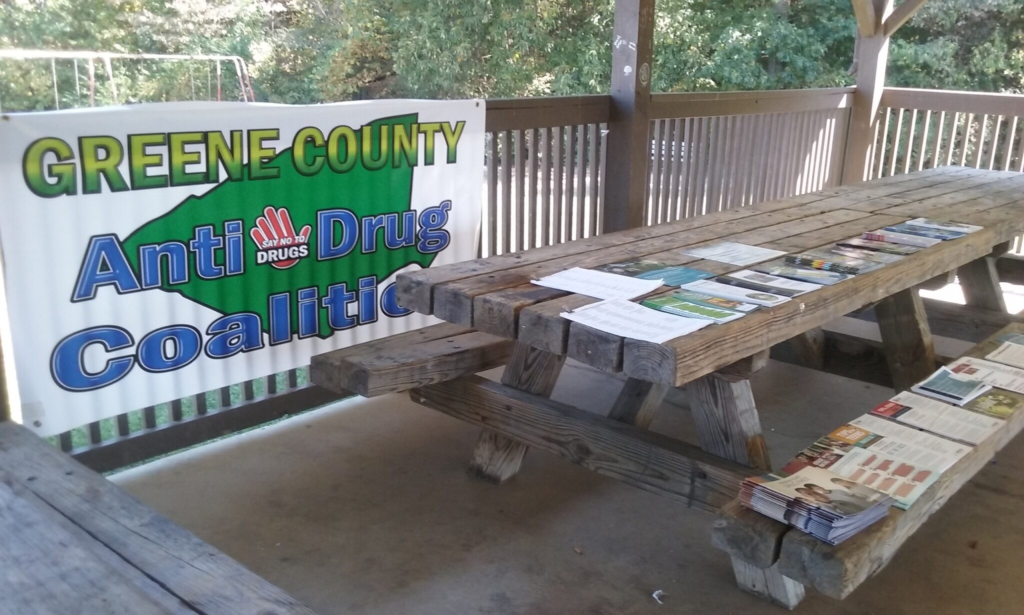BY: ANERI PATTANI

Over the past two years, rural Greene County in northeastern Tennessee has collected more than $2.7 million from regional and national settlements with opioid manufacturers and distributors. But instead of helping people harmed by addiction, county officials are finding other ways to spend it.
They have put $2.4 million toward paying off the county’s debt and have directed another $1 million arriving over more than a decade into a capital projects fund. In March, they appropriated $50,000 from that fund to buy a “litter crew vehicle” — a pickup truck to drive inmates to collect trash along county roads.
“It’s astounding,” said Nancy Schneck, a retired nurse who has seen addiction infiltrate the community, where employers avoid drug testing for fear of losing too many employees and mental health crises and homelessness are rampant. She wants to see the money go toward mental health and addiction treatment. Why can’t county leaders “see treating some people and maybe getting them out of this cycle might be advantageous?” she said.
In 2021, the latest year for which comparable data is available, Greene County’s rate of drug overdose deaths topped state and national figures.
But Mayor Kevin Morrison said the county has borne the costs of the opioid epidemic for years: It has funded a beleaguered sheriff’s office, improved the jail — which is packed with people who’ve committed addiction-related crimes — and supported a drug court to divert some people to treatment. It has also suffered indirect costs of the crisis: people dropping out of the workforce due to addiction, schools and welfare services caring for more children who’ve experienced trauma, and some taxpayers leaving the county altogether. Addiction is not the sole reason for Greene County’s economic woes, but it has contributed to more than $30 million of debt.
“We’ve been dealing with this crisis for quite some time, but nobody wants to pay the bill as it comes,” Morrison said. “So when these funds are made available, then we are paying bills that have been due for quite some time.”
The debate in this Appalachian county is reverberating nationwide as state and local governments receive billions of dollars from companies that made, distributed, or sold opioid painkillers, like Johnson & Johnson, Cardinal Health, and CVS. The companies were accused of fueling the overdose epidemic, and the money is meant to remediate that harm. About $3 billion has already landed in state, county, and city coffers, and about $50 billion more is expected in the coming decade and beyond.
States are required to spend at least 85% of the money on opioid-related programs, but KFF Health News’ ongoing investigation into how the cash is used — and misused — shows there is wide interpretation of that standard and little oversight.
That restriction didn’t apply to the money Greene County moved to its capital projects fund.
